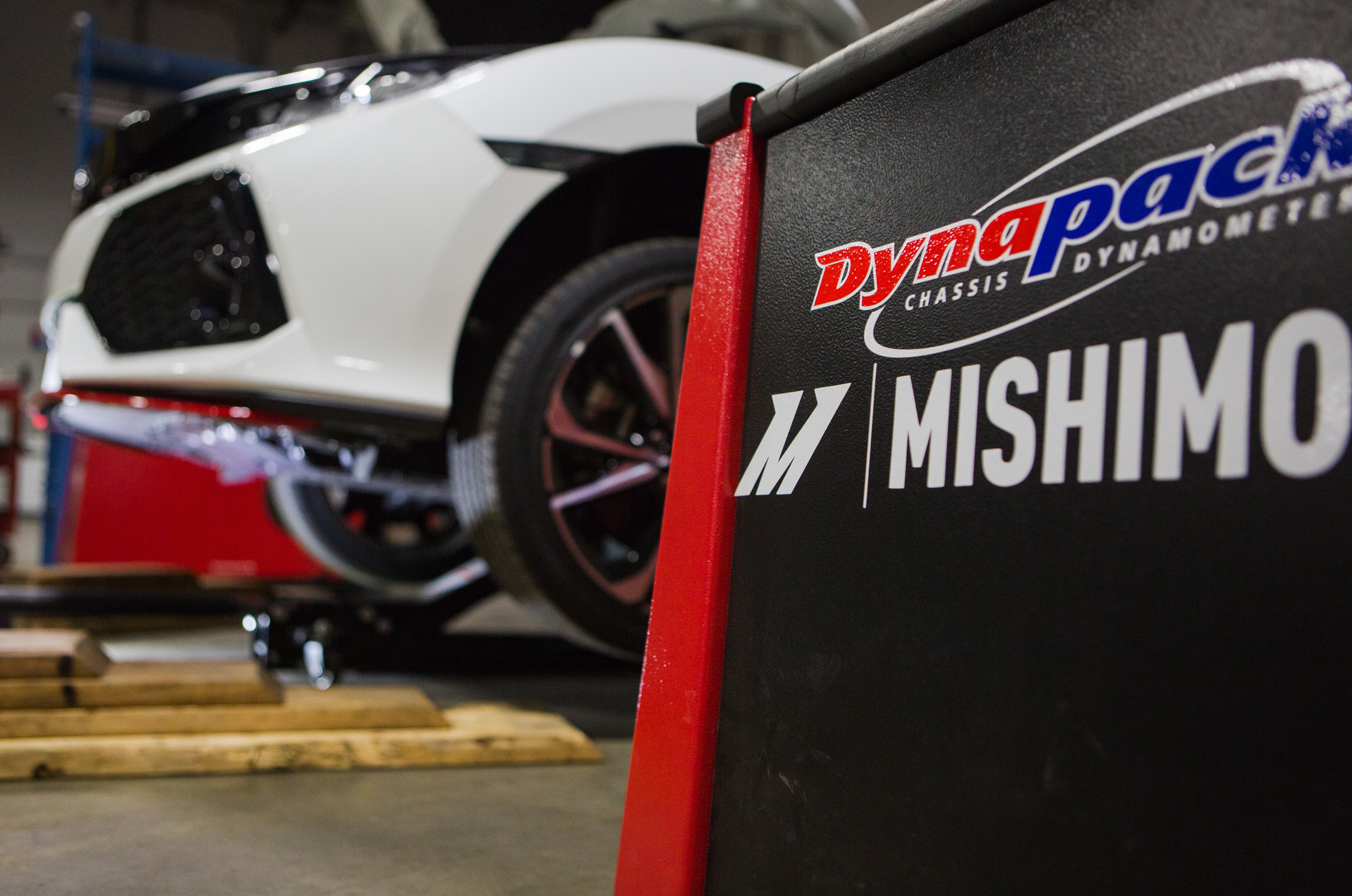
The Civic has Boost! 2017+ Honda Civic 1.5T Intake R&D, Part 5 - Civic Si Development
Ever since the mid-1980s, the Si has had a reputation for adding just the right amount of flavor to the standard Civic. With a tablespoon of suspension upgrades, an ounce of body kitting and interior trim, and just a dash of extra power, the Si follows the same recipe that Volkswagen set with the MK1 GTI. As the Civic has grown and evolved overtime, so has the spiced-up version, and while the Si hatchback might not be around anymore, the formula is still the same.
The newest Si sets itself apart from the standard EX-T. The aggressive new styling, 18" alloys, and sporty interior let everyone know that you're not driving just a Civic. The improvements don't stop there. Along with the enhanced styling, the Si also gets a helical limited slip differential to evenly distribute the extra 25 horses and added torque to the front wheels. Under the hood, however, one might take note that the L15B7 powering the updated Si is the same powerplant that can be found throughout the Civic line, which begs the question, why does it need its own intake?
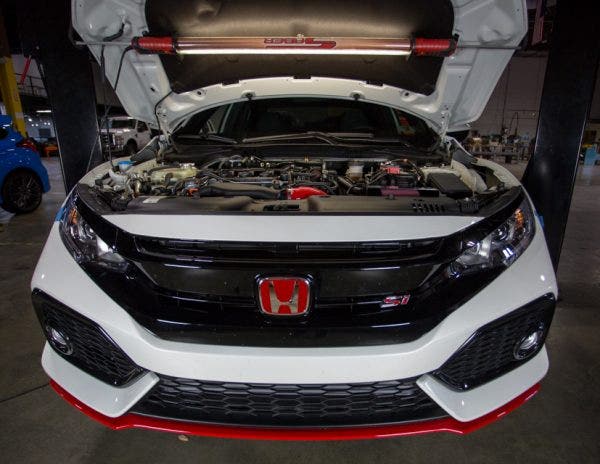
Honda has traditionally equipped the Si with the same engines from the standard Civics, but with a few extra tweaks to give it that enhanced driving experience. The same is true for the 10th generation. Under the hood throughout the turbocharged Civic line, excluding the Type R of course, the engine bays are more or less identical, including the intake systems. Given this, most of the legwork for our Si performance intake was already finished.
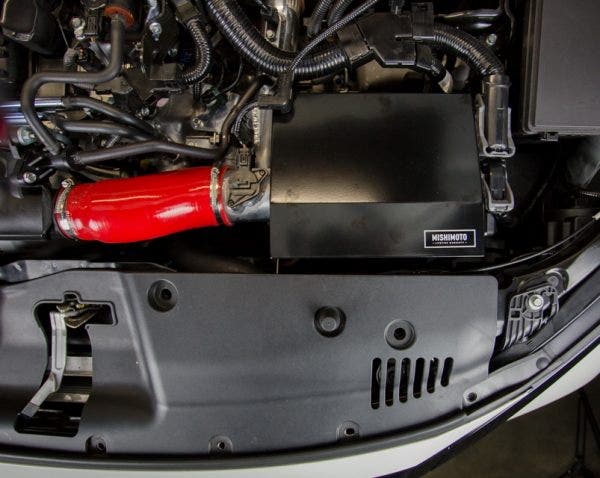
Our silicone hose and airbox were both already a direct fit. All we had to do was figure out the best way to connect the two.
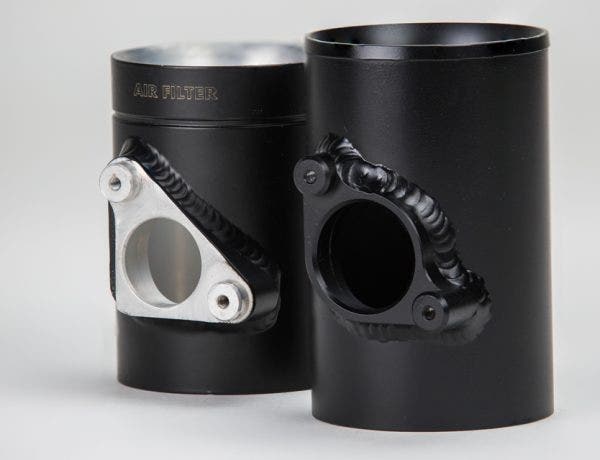
The updated MAF housing for the Si might seem minor when compared to the unit from our current intake kit, but the adjustments made are crucial to the performance of the intake. Right away you can tell the Si's housing stands a little taller than the standard Civic. We have also increased the size of the sensor opening to cater to the Si's bigger sensor.
The only components that changed in the intake system were a different MAF sensor and a slightly different housing. Given our engineering team's familiarity with how this Civic's ECU behaves, we made quick work of adjusting our current design to play nicely with the Si's sensor. With the new housing sorted, it was time to see how our intake performed on the Si.
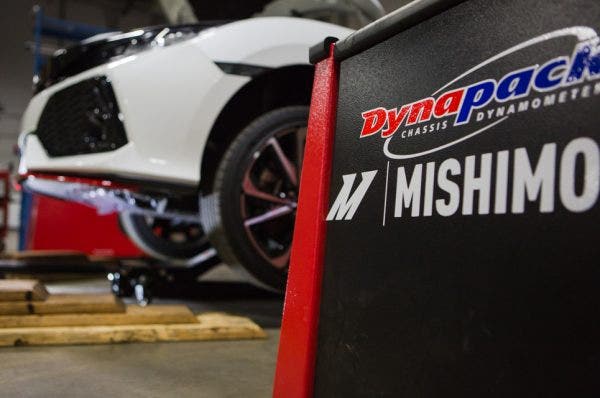
First up was the road testing. If you look back at the testing procedure during the development of the Type R's intake system, you'll notice road testing is a critical step in the process. No matter the power figures an intake system puts out, it's important to determine if installing the new components are going to illuminate any unwanted lights on your dash. Our benchmark is at least 1000 miles per test. This is ample time for the ECU to learn and determine if the air to fuel ratios are still in a good standing with the adjusted MAF. Since this particular Si was on loan to us, we had its owner do the testing and report back, at which point we pulled the data. We can confidently disclose that our new, Si-specific housing kept the CEL at bay.
There is also a secondary benefit to conducting this road test. In order to achieve the most accurate numbers on the dyno, the adjusted long-term fuel trim has to "settle in." Once the long-term fuel trim plateaus, and fully compensates for the increased airflow into the intake, we can find the most precise figures of what you'll experience on your Si on a daily basis. If we ran this car on the dyno right after installation, we would have recorded much larger power gains, but those augmented numbers would have been fleeting. Instead, this is what we recorded.
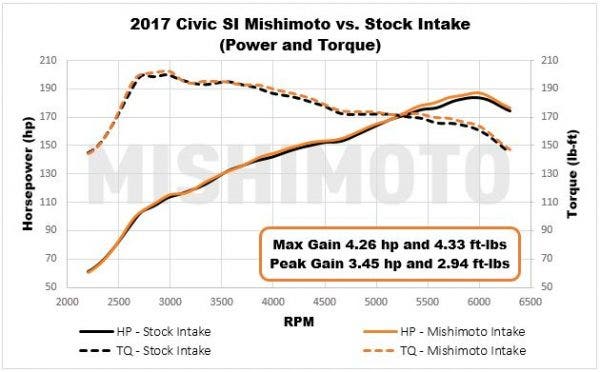
In addition to turning up the volume on your 1.5T soundtrack, your Si gets a 4.2 whp and 4.3 wtq boost in power on the stock tune. While this might not sound like much of a bump in power, one thing to consider is that the Si's ECU is already a tuned version of the EX-T and Sport variants. Installing our intake on your Si increases the potential for even more power once you tune the ECU further. The cooler, and increased airflow combined with the improved flow characteristics help with the increased boost you'll see with a more aggressive tune.
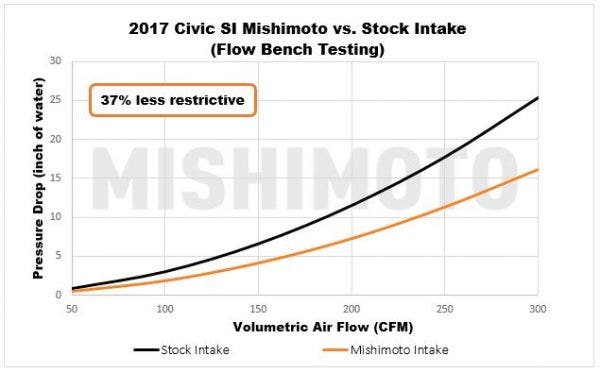
The increase in flow is essential for effectively cranking up the boost on your 1.5T Si and enhancing your driving experience even further. More boost and aggressive tunes are the go-to for any turbocharged vehicle, but let's not forget the effect that has on your intercooler system. Make sure you head over to our 1.5T intercooler post to see just how we're planning on keeping your L15B7 in your Si cool under increased pressure.
Thanks for Reading!
-Nick




